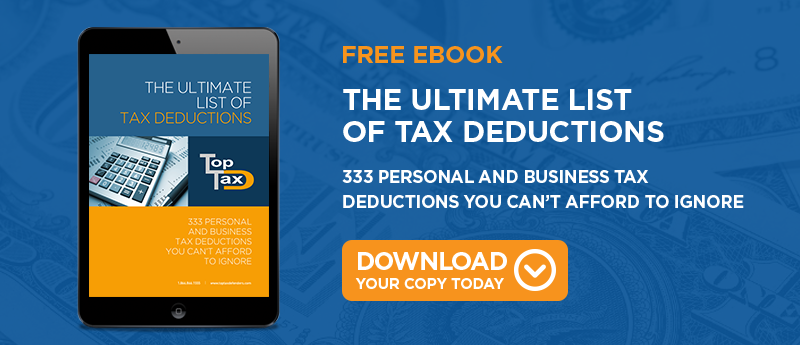
College graduates and students who are repaying their student loans may qualify to claim a tax deduction for the interest they pay each year. Many student loans are subsidized by the federal government to give students a tax incentive to return to college. While the payments for the loans themselves are not tax-deductible, the interest may be. This can be used on both subsidized and unsubsidized loan interest.
What is the Student Loan Interest Deduction?
The student loan interest deduction allows students who are repaying student loans to deduct a portion of their interest paid each year. Unlike some other education-related tax breaks, the student loan interest deduction is rather straightforward. Taxpayers do not have to itemize their deductions or complete a separate form to claim this tax break. The student loan interest deduction is limited to the lesser of $2,500 per year or the total amount paid by the taxpayer.
Qualifications for Deducting Student Loan Interest
While the student loan interest deduction is pretty simple to claim, taxpayers are required to meet a few qualifications to use it. First, their modified adjusted gross income must fall under certain threshold amounts that are adjusted each year. Those whose income levels exceed these thresholds may have their total allowable deduction phased out. Second, married taxpayers filing separately cannot claim the deduction at all.
Another qualification for claiming the student loan interest tax deduction is that the taxpayer must be legally obligated to pay the interest. This means that the taxpayer's name must be listed as a responsible party on the promissory note. Simply repaying interest on another person's loan will not qualify an individual to claim this deduction. Taxpayers who are eligible to be claimed as dependents by other individuals are not eligible to claim student loan interest as a deduction.
How to Deduct Student Loan Interest
To deduct student loan interest, you can simply write the total of your interest paid (subject to the $2,500 annual limit) on the Student Loan Interest deduction line, which appears on the front page of Form 1040 or Form 1040A. After adding your total on the form, you can subtract it from your total earnings as an adjustment to income and proceed with your return.
If you've paid more than $600 in interest during the year, you'll receive a Form 1098-E statement at year's end that informs you of the total interest you paid. You can simply report this total on the appropriate line of your tax return. If you didn't pay $600 or more in interest, you can just add up your student loan payments and deduct the principal you paid to find the total deductible interest.
Deducting student loan interest can give you a nice tax break at the end of the year. If you make sure that you meet the qualifications to claim this deduction by speaking with a qualified tax professional, you can save a bit on your tax bill this year.




